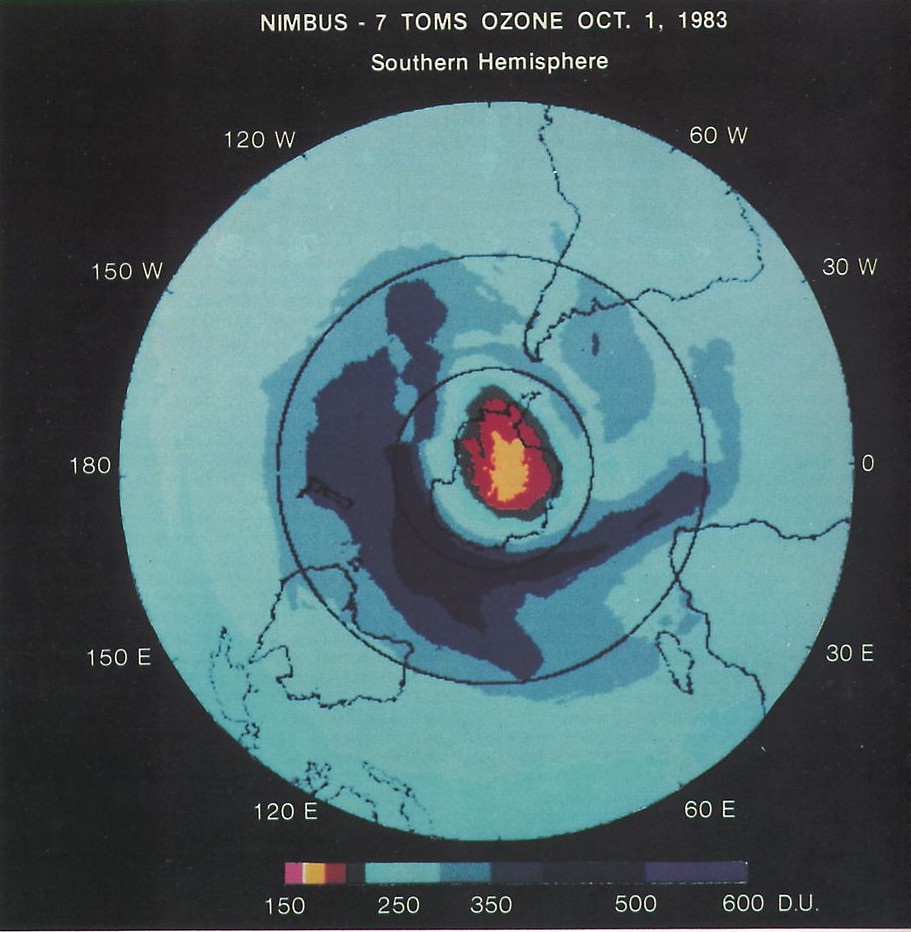
Guardians of the Sky: Nurturing Our Ozone Layer Back to Health
As we continue to navigate the intricate web of our planet’s ecosystems, one unsung hero silently shields us from a threat that often goes unnoticed: the ozone layer. This invisible yet vital shield, high above the Earth’s surface, safeguards life by absorbing harmful ultraviolet (UV) radiation from the sun. Join us on a journey through time, exploring the rise, fall, and recent resurgence of the ozone layer.
A Sentinel in the Sky: The Birth of the Ozone Layer
The ozone layer, a dynamic arrangement of ozone molecules consisting of three oxygen atoms, acts as Earth’s natural sunscreen. It intercepts and absorbs the majority of UV-B and UV-C radiation, which can otherwise cause skin cancer, cataracts, and disruptions in the delicate balance of ecosystems. This thin shield, located in the stratosphere, is a testament to the delicate interplay between the Earth’s atmosphere and the sun’s energy.
The Gathering Storm: Human-Caused Ozone Depletion
However, our growing reliance on industrialization introduced a sinister chapter in the ozone layer’s history. Chlorofluorocarbons (CFCs) and other synthetic compounds, widely used in products like refrigerants and aerosol sprays, were released into the atmosphere. These seemingly harmless chemicals were carried by winds to the stratosphere, where UV radiation broke them down, releasing chlorine and bromine atoms that dismantled ozone molecules.
This destructive process resulted in the infamous “ozone hole,” a seasonal depletion of ozone over Antarctica. The hole’s emergence served as a wake-up call, underscoring the urgency of addressing human-induced ozone depletion.
A Global Commitment: The Montreal Protocol and its Impact
In 1987, world leaders united to combat the ozone crisis by signing the Montreal Protocol. This landmark international agreement aimed to phase out the production and consumption of ozone-depleting substances, emphasizing the need for cooperation in the face of a global environmental challenge. The protocol’s success is undeniable—it led to a significant reduction in the use of CFCs and related compounds.
As a direct result, there have been encouraging signs of healing in the ozone layer. Recent scientific assessments show a decrease in the atmospheric concentration of these harmful substances, leading to a smaller ozone hole over Antarctica. These advancements stand as a testament to what can be achieved when the global community takes decisive action.
A Shifting Landscape: Recent Developments and Challenges
While progress has been made, recent developments in the ozone layer’s recovery underscore the complex relationship between environmental factors. Climate change, for instance, can influence ozone recovery patterns, necessitating a comprehensive approach that considers both atmospheric dynamics and global temperatures.
Additionally, the emergence of new, human-made chemicals—introduced as alternatives to ozone-depleting substances—calls for vigilant monitoring. Ensuring that these alternatives are environmentally friendly and do not exacerbate the ozone issue is crucial for the continued healing of the ozone layer.
The Way Forward: Nurturing Our Ozone Shield
The story of the ozone layer’s journey—from its discovery to its near-destruction and ongoing recovery—serves as a powerful reminder of the interconnectedness of our world. It teaches us that collective action, international cooperation, and scientific innovation can steer us away from environmental catastrophe.
As we move forward, we must remain committed to the principles of the Montreal Protocol and its successors. Continued research, awareness, and policy implementation are essential to maintaining the momentum of ozone recovery. By nurturing our ozone shield, we protect not only our health but also the delicate ecosystems that thrive beneath its invisible embrace.
The ozone layer’s tale is one of resilience, hope, and the unwavering spirit of global collaboration. It beckons us to tread lightly on the Earth, to acknowledge the impact of our actions, and to work together to ensure a sustainable future for generations to come.
